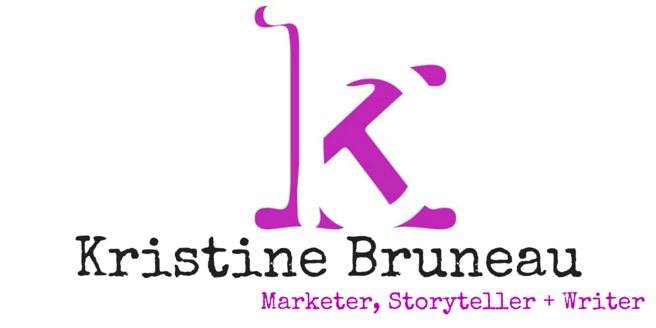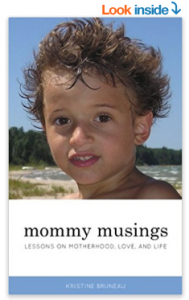Definitions of poetry abound, but what exactly is poetry?
Great poetry creates a memorable experience. It’s an emotional time machine that has the power to delight, anger, love, or ache. Yet, I still find it challenging to define poetry and even harder to write. With each stroke of a brush, a painter brings an image to life. With each stroke of a pen, a poet paints images with words. Poetry is a form of writing. Its elements, recognizable to the ignorant eye. Rhythm, figurative language, shape, mood, and story are a few elements, and learning about these can help us recognize poetry anywhere, no matter the form.
Rhythm is the pulse of life in poetry.
Arthur Alexander | The Poet’s Eye
Rhythm helps create and stir the emotion we feel when we read a poem. Poetry is also a personal experience with many interpretations. If you saw Amanda Gorman, the youngest inaugural poet in U.S. history, perform “The Hill We Climb” at President Biden’s inauguration, you may have felt a swell of hope or excitement. In an interview with The New York Times, Gorman said: “Poetry is typically the touchstone that we go back to when we have to remind ourselves of the history that we stand on, and the future that we stand for.”
Poetry can be serious yet playful. Take Emily Dickinson, for example. People of her era found her poetry puzzling and unfit to print.
I’m Nobody!
Who Are You?
Are you – Nobody – too?
Then there’s a pair of us!
Don’t tell! they’d advertise – you know!
Emily Dickinson
I can relate to being on the outside looking in. Dickenson’s “I’m Nobody” is a poem about us vs. them. It challenges authority (the somebodies) while seducing the reader into complicity with the writer.
I found Dickinson at a time when life wasn’t kind to an awkward adolescent with frizzy hair, thick glasses, and crooked teeth. Her poems spoke to me then, and I often turn to them now when I’m feeling lonely, sad, or in need of inspiration. Dickinson became a celebrated poet posthumously because of her unique, compact phrases and quirky form and syntax. She praised nature’s beauty, questioned death and immortality, and paradoxically expressed opinions: What may make perfect sense is actually madness and what may sound crazy is perfectly sensible. The rest of the poem goes like this:
How dreary – to be – Somebody!
How public – like a Frog –
To tell one’s name – the livelong June –
To an admiring Bog!
Emily Dickinson
What are you searching for?
More than six centuries ago, Indian mystic and poet Kabir wrote a poem about a conversation with God, who’s no virgin to IM-ing with poets about life. The evocative first line of the following poem gave me pause.
Are you looking for me? I am in the next seat.
Kabir
As I continued to read the rest of the lines aloud, I found comfort at a time when I needed it most. The poem’s meaning transcends religion and touches the core of faith. What is faith, but a belief in somebody or something? Here, faith is God. Kabir reminds me that God lives inside of me and everyone. It’s easy to forget that God sits next to each of us on this noisy bus of life. The breath inside the breath.
Poetry is the art of expression
I believe the key to unlocking the treasure of poetry is held in its understanding. Once unlocked, we can experience a world of joy. When we learn more about poetry, we can find the beauty in something that wasn’t evident before or discover a connection to someone else who is different than us. A wonderful example of this is contemporary poet, Naomi Shihab Nye’s “Kindness.”
April is National Poetry month and Poets.org has a resource page with a list of ways to celebrate poetry and poets. Poems mean different things to different people. What is your favorite poem? What does it mean to you?
Happy Spring!


 There’s nothing a good cup of coffee can’t fix
There’s nothing a good cup of coffee can’t fix
